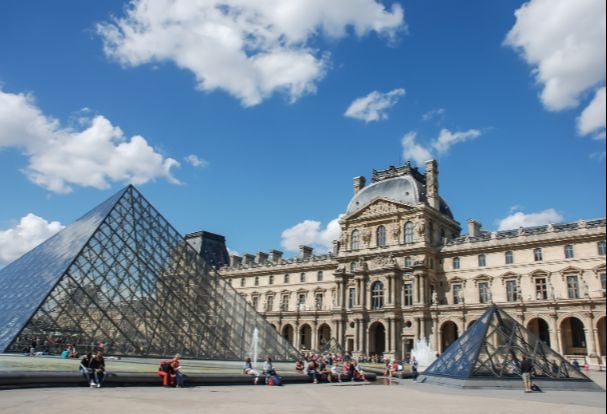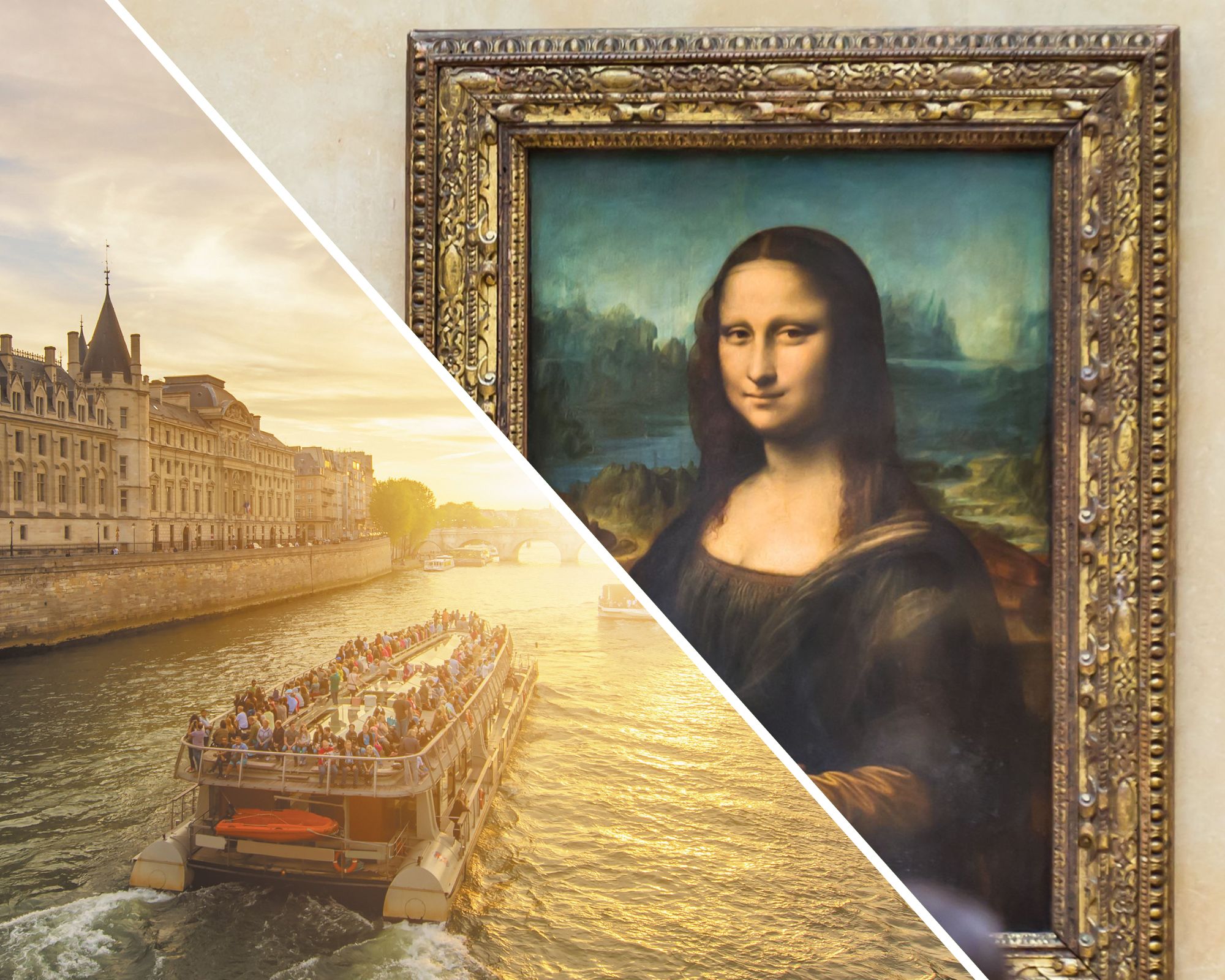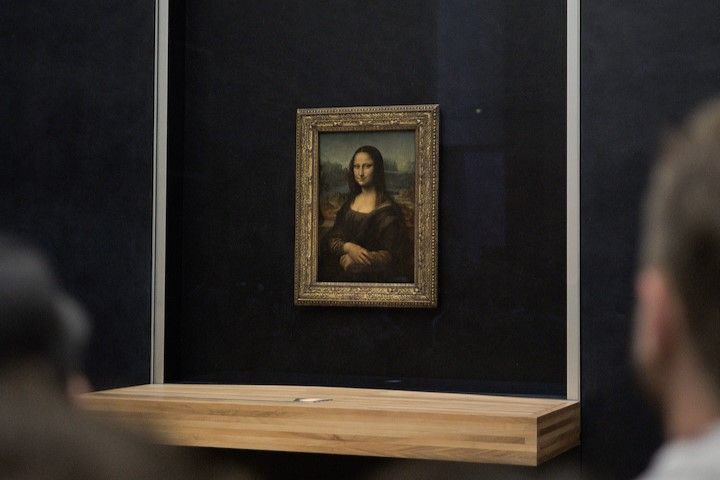Liberty Leading the People by Eugene Delacroix, at the Louvre Museum
This oil on canvas painted in 1830 is inspired by the French Revolution of 1830, also known at "Les Trois Glorieuses". Along with the Venus de Milo, the Mona Lisa by Leonardo Da Vinci and Raft of the Medusa, it one of the most important works at the Louvre. The painting has since become a symbol of the French Republic. Read on to learn more about this momentous work so you can better appreciate it when you visit the Louvre. The painting awaits you at the Louvre Museum, where you can admire it for the price of admission.

A highly charged revolutionary context
The "Three Glorious" in the French title alludes to the duration of the conflict, which lasted three days: July 27, 28 and 29, 1830. It was the second French revolution after the one in 1789. Parisians were revolting against King Charles X, who was violating the freedoms established in 1789. The state of war forced him to flee the capital and to abandon his throne. It was replaced by Louis-Philippe I who formed the July Monarchy/
The political reach of Liberty Leading the People
Liberty Leading the People by Eugene Delacroix shows a scene from the barricades. The towers of Notre Dame in the background clearly establish that the clashes are taking place in Paris. Delacroix, who witnessed the events, decided to paint this canvas, which would become one of the symbols of the French Republic. Moreover, this masterpiece has been used for many stamps and the old 100-Franc notes.
Viewers will notice that the canvas composition is in the shape of a pyramid. In it, Eugene Delacroix depicts a pile of dead bodies, topped by the blue, white and red flag of France which flies proudly in the air. It is carried by the figure of Liberty in the form of a woman.
The Phrygian cap sported by the female figure who features prominently in the canvas was once worn by freed former slaves from the Roman Empire. They were used by revolutionaries from southern France, who donned them as a sign of their liberation. It is now recognized as an important symbol of the French Republic and one of the attributes of La Marianne, who herself has come to represent the values of the Republic: "Liberty, Equality, Fraternity". She is known as an icon of freedom and democracy, which is why the bust of La Marianne is found in official government buildings. La Marianne is often portrayed with the features of the bare-breasted subject painted in the middle of the canvas.
This work of art powerfully depicts the symbols of the French Republic. Its title takes on its full meaning when you understand what the central character represents: Liberty Leading the People.
Arrival of Delacroix's masterpiece at the Louvre
The painting was first presented to the public at the Paris Salon of 1831. At the time it was entitled "Scenes from the Barricades". The canvas was put on display at the Luxembourg Museum beginning in 1863. Then in 1874, the majestic work, which had come to be called "Liberty Leading the People", made it to the Louvre Museum, seven years after the death of Eugene Delacroix.
To see it for yourself, head to Gallery 77 on the first floor in the Denon wing.


